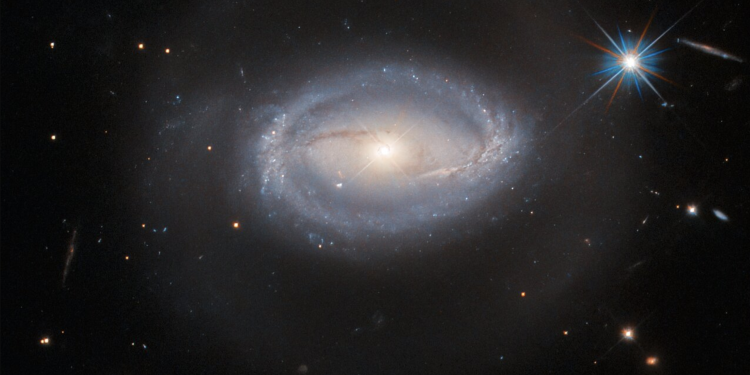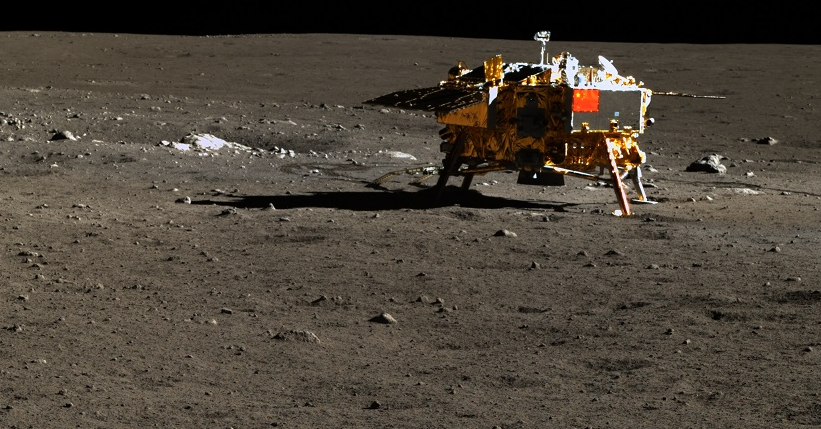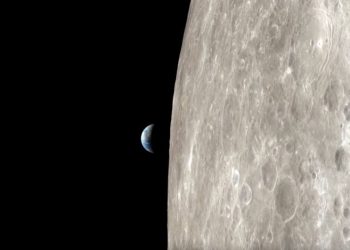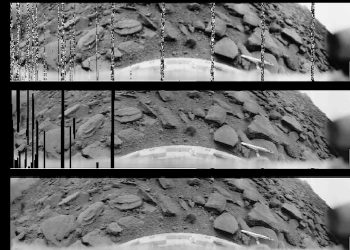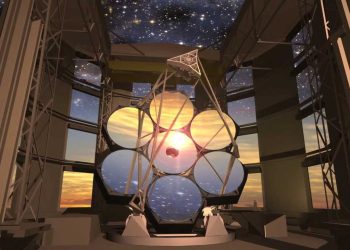Nearly a century ago, astronomers made a discovery that would forever change our understanding of the universe—it’s expanding. Since then, we’ve refined our tools and sharpened our measurements, yet the debate over the universe’s true expansion rate is more intense than ever. At the heart of this debate is a perplexing question: How fast is the universe expanding?
This question isn’t just a technical quibble—it cuts to the core of cosmology, the science that describes how the universe has evolved since the Big Bang. The disagreement is known as the “Hubble tension,” named after the Hubble constant (H₀), the value that defines the current expansion rate of the universe. Despite decades of work, astronomers using different methods to measure H₀ continue to come up with conflicting results.
In the early 20th century, scientists like Edwin Hubble and V.M. Slipher provided the first clues that the universe was expanding. They used a method known as redshift, observing how galaxies seemed to move away from us, the light from these distant objects stretched to longer, redder wavelengths. This discovery set the stage for the modern understanding of cosmic expansion and the eventual development of the Hubble constant, a value expressed in kilometers per second per megaparsec.
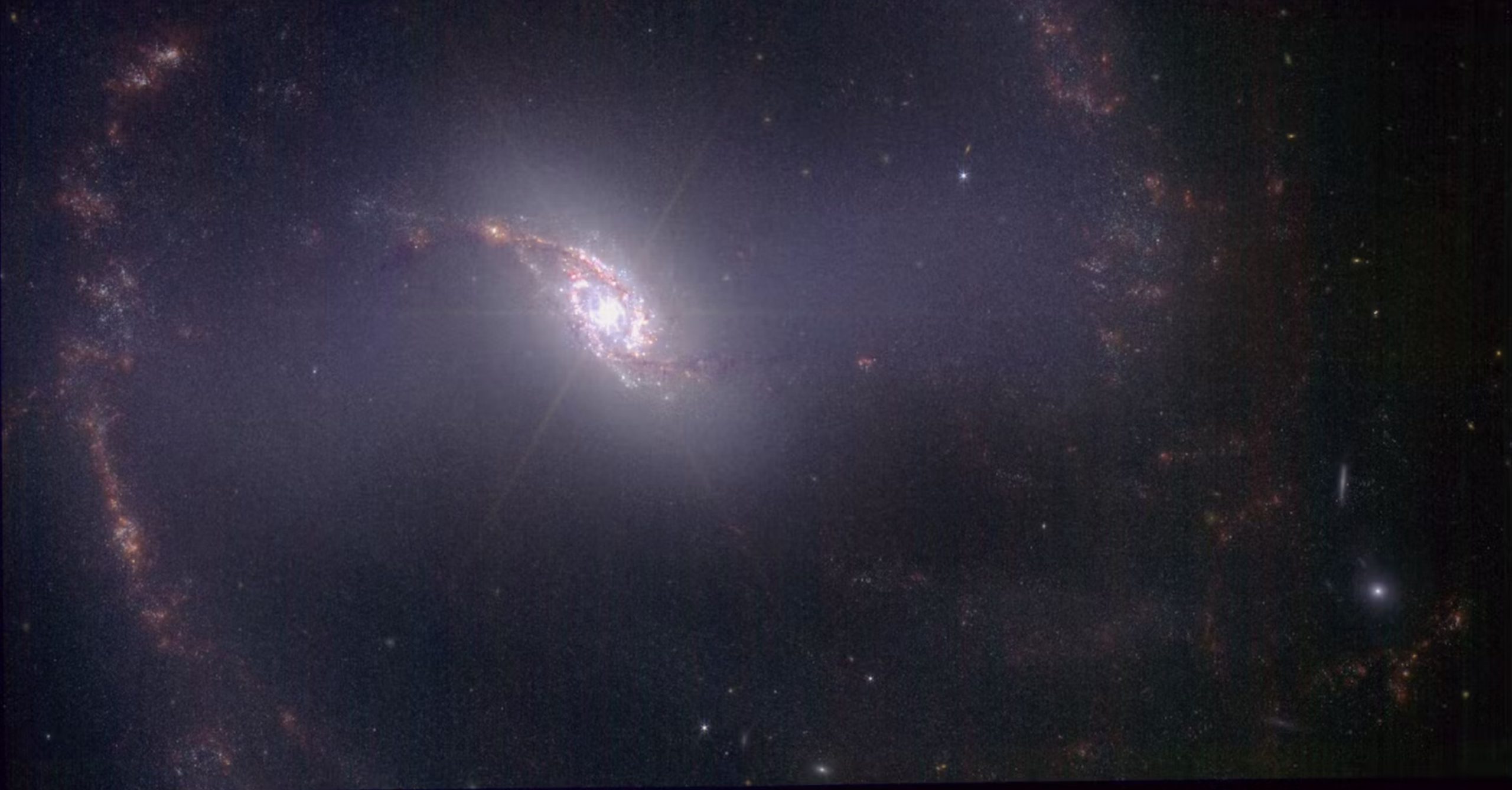
Yet, despite nearly 100 years of refinement, new data has brought with it a paradox: two primary methods of measuring H₀—the distance ladder and the cosmic microwave background (CMB)—are yielding two vastly different answers.
Two Methods, Two Results
The first method, the distance ladder, builds on a century-old practice of calculating the distance to celestial objects based on their brightness and position. Early astronomers used nearby stars and galaxies to create a ‘ladder’ of distances, ultimately extending their reach to far-off galaxies. This method, employed by Adam Riess and the SH0ES team, recently produced a value of 73.2 kilometers per second per megaparsec for H₀.
On the other hand, the CMB—the light left over from the birth of the universe—provides a much earlier snapshot. By analyzing this cosmic “afterglow,” scientists can estimate the expansion rate of the universe shortly after the Big Bang. The Planck satellite team, using this technique, came up with a significantly lower figure: 67.4 kilometers per second per megaparsec.
The difference between these results is substantial, particularly given that both methods boast extremely precise measurements. The discrepancy has sent ripples through the scientific community, with some suggesting that we may need to rethink fundamental aspects of the universe.
The divergence in results, dubbed the “H₀ tension,” has led some researchers to call it a crisis in cosmology. Why the concern? Understanding the universe’s expansion rate is essential for grasping everything from the age of the cosmos to its eventual fate. If the models we’ve been using for decades are flawed, it could mean a major overhaul in our understanding of the universe’s past and future.
Some scientists believe the conflict is the result of measurement errors. After all, calculating cosmic distances involves a level of precision that’s almost mind-boggling, and it’s possible that the data collected by either SH0ES or Planck has overlooked a critical factor. So far, however, no such errors have been found.
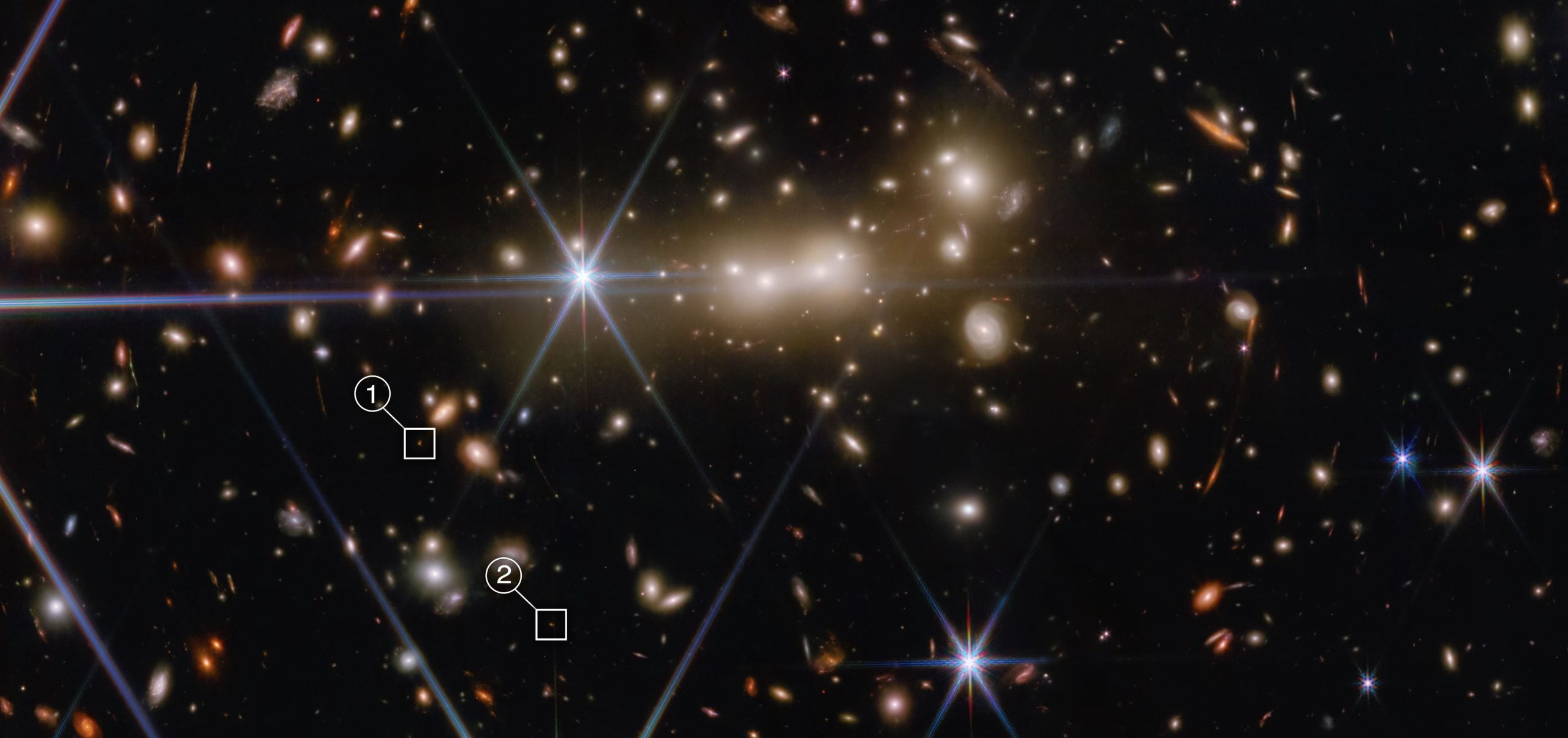
Looking for Answers: Creative Theories Emerge
Given the magnitude of the issue, theorists are getting creative in their search for answers. One proposal suggests that the universe may have gone through a rapid phase of accelerated expansion just before the cosmic microwave background was released. This could mean that we’re not accounting for an important early-universe phenomenon, skewing the CMB predictions for H₀.
Another idea involves magnetic fields, hypothesizing that their presence in the early universe could have altered the formation of the first atoms, thereby affecting the calculations. Some even speculate that our local region of the universe is expanding at a different rate from other regions, leading to divergent results.
However, none of these theories have fully reconciled the differences, leaving the community with more questions than answers. The debate continues as astronomers strive to find a theory that can explain both the precise CMB data and the distance ladder results.
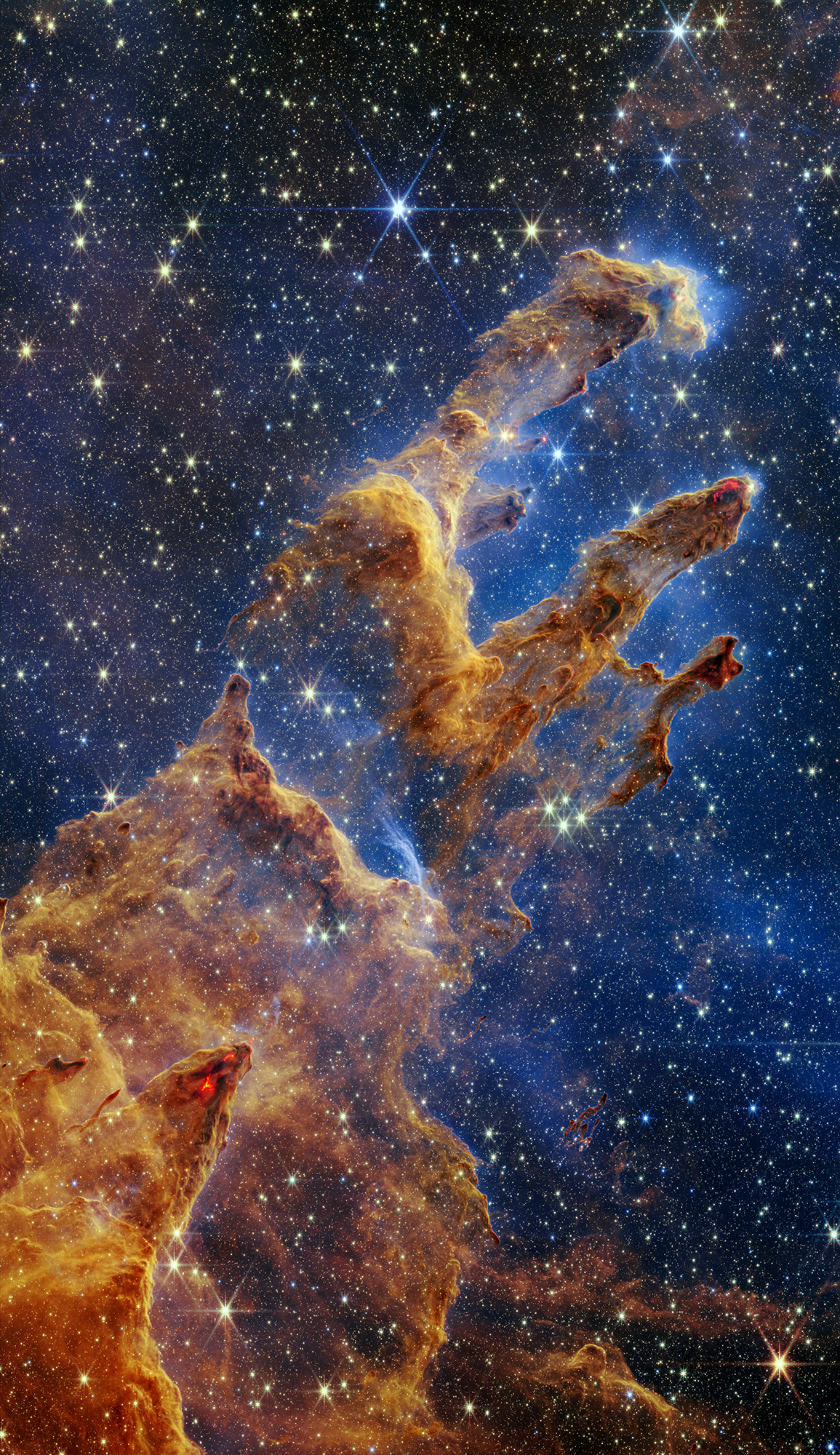
As astronomers wrestle with this paradox, new tools and techniques are emerging that may help resolve the Hubble tension. A method led by Wendy Freedman, which relies on a different type of star—those at the “tip of the red giant branch”—has yielded a more moderate H₀ value of 69.8, sitting between the SH0ES and Planck results. Though promising, this method is not without uncertainties and still leaves much to be clarified.
Looking ahead, the James Webb Space Telescope (JWST) is expected to play a crucial role in providing fresh data on distant galaxies and supernovae, potentially helping to resolve the cosmic disagreement. Additionally, scientists are now using gravitational waves from merging black holes as a novel method to measure cosmic distances, which could offer a third perspective on the Hubble constant.
For now, the H₀ tension remains one of the greatest challenges in modern astronomy. As technology advances and new data is collected, we may either find that the universe’s expansion is more complex than previously thought or that one set of measurements is incorrect. In either case, solving this cosmic puzzle will have profound implications for our understanding of the universe. Could the Hubble tension lead to a breakthrough that reshapes our view of the cosmos, or will it simply be a matter of refining measurements? Only time will tell, but one thing is certain: the universe still holds plenty of mysteries.



